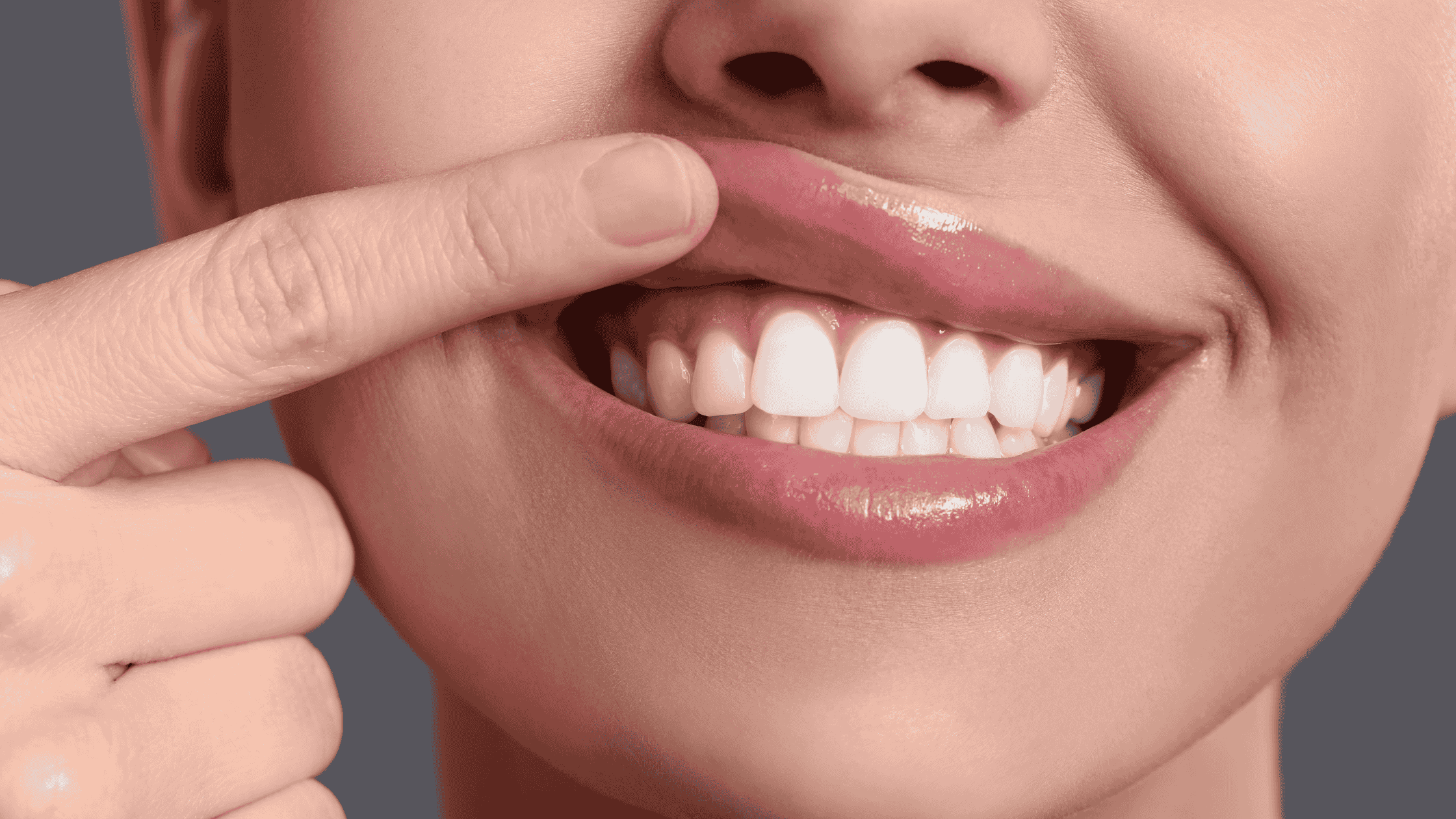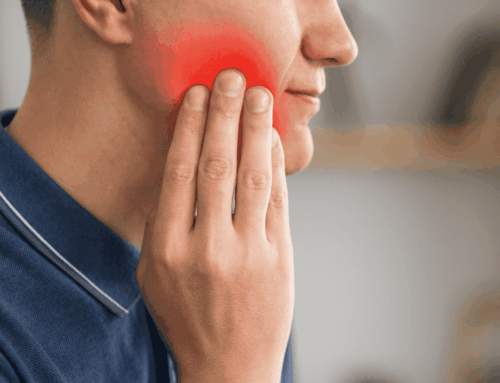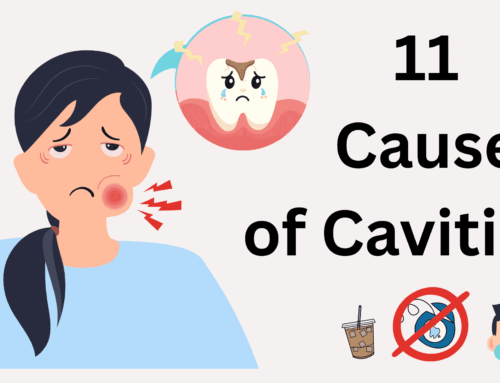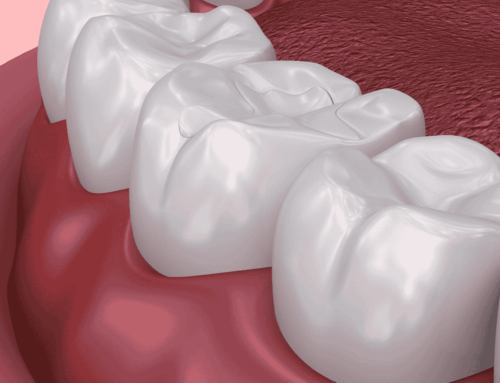By Dr. Nihal Nayak | General Dentist, BBiomedSc (Aus), BBiomedSc (Hons), BDentHSc (Aus), MDent (Aus)
Healthy gums do more than just hold your teeth in place, they’re the foundation of a strong, confident smile. Yet many people overlook their gums until something feels wrong. The truth is, gum health plays a critical role in your overall oral hygiene, and catching signs early can help you avoid bigger issues down the line.
Whether you’re brushing twice a day or staying on top of dental cleanings, it’s worth knowing what healthy gums actually look and feel like. Recognizing the right signs can help you stay ahead of problems like gum disease, inflammation, or even tooth loss. In this article, we’ll walk you through the top signs your gums are in great shape, and explain why each one matters to your long-term dental health.
1. Gums Are Firm and Pink
One of the clearest signs your gums are in good health is their appearance and texture. Healthy gums tend to be a consistent shade of pale pink and feel firm when you touch them. They shouldn’t feel tender, look swollen, or appear red, those could all be signs that something’s not quite right.
As experienced dentists in Doncaster, we know that Firm gums act like a strong seal around your teeth, keeping bacteria from sneaking below the surface and causing deeper issues. When they’re in good condition, you’ll also notice that your gum line is stable, not pulling back or puffing out.
Over time, poor gum health can lead to gum recession, discomfort, and even tooth loss. That’s why paying attention to something as simple as colour and texture can give you a head start in protecting your oral health. If your gums ever feel spongy, look darker than usual, or start to bleed when brushing, it’s worth booking a check-up sooner rather than later.
2. No Bleeding When Brushing or Flossing
Bleeding gums might seem harmless at first, especially if it only happens occasionally, however it’s actually one of the earliest signs of gum trouble. In contrast, gums that don’t bleed during brushing or flossing are usually healthy and well-maintained. This means your gum tissue is strong, not inflamed, and able to handle daily cleaning without irritation.
When gums bleed, it often points to underlying inflammation, usually caused by plaque build-up or gingivitis. And while it might be tempting to ease up on flossing when you see blood, the solution is actually the opposite: more consistent care, not less. Healthy gums don’t protest gentle brushing or flossing, they’re resilient because they’re regularly cared for.
So if you’re brushing twice a day and flossing daily without any bleeding, that’s a great sign. But if blood shows up often, it’s time to speak with your dentist. Early intervention can prevent more serious problems from developing down the track.
3. Breath Smells Neutral or Fresh
Fresh breath isn’t just a confidence booster, it’s also a good indicator that your gums and teeth are healthy. While occasional bad breath is normal, especially after strong foods or morning wake-ups, a consistent foul smell can point to underlying gum issues.
Healthy gums help keep harmful bacteria in check. When your gums are free from infection and inflammation, there’s less bacteria lingering in hard-to-reach spots, which means less odour throughout the day. On the other hand, chronic bad breath, also known as halitosis — can be one of the first warning signs of gum disease.
That’s why breath matters more than most people realise. If your mouth consistently feels clean and smells fresh after brushing, it’s likely your gums are doing well. But if bad breath sticks around no matter how often you brush or rinse, it’s time to let your dentist take a closer look.
4. Gums Fit Snugly Around Teeth
Healthy gums don’t just look good, they serve a vital purpose by forming a tight seal around each tooth. This snug fit helps protect the roots and underlying bone from bacteria, food particles, and plaque. If your gums are pulling away or forming pockets, it could be an early sign of gum disease.
When gums sit closely against your teeth, they help anchor everything in place and support overall mouth stability. You shouldn’t notice any gaps or loose areas along the gum line. In fact, a consistent, even edge where gums meet the teeth is one of the clearest signs your oral hygiene routine is working.
As gum health declines, pockets may deepen and trap bacteria, leading to more serious issues over time. That’s why it’s important to pay attention to how your gums look and feel, not just whether they hurt or bleed. Spotting changes early makes all the difference in keeping your smile strong.
5. No Swelling or Puffiness
When gums are healthy, they tend to go unnoticed, and that’s a good thing. They lie flat against the teeth, with no visible puffiness or swelling. If your gums start to look enlarged, feel tender, or appear shiny, those could be early signs of inflammation or infection.
Swelling often occurs when plaque or bacteria irritate the gum tissue, triggering your body’s immune response. While this might seem minor at first, untreated inflammation can quickly lead to gingivitis or even periodontitis. That’s why it’s so important to treat puffiness as more than just a cosmetic concern.
If your gums feel smooth and firm with no bulging areas along the gum line, it’s a strong indicator of good oral health. But if you notice any areas that look red, swollen, or feel sore to the touch, it’s best to have them assessed during your next dental visit.
6. No Pain or Sensitivity in Gums
Healthy gums shouldn’t hurt, it’s as simple as that. If you’re not feeling any stinging, aching, or sharp twinges while brushing, flossing, or eating, that’s a positive sign your gums are in good condition. Pain or sensitivity, especially along the gum line, often points to inflammation or early-stage gum disease.
Discomfort may also show up as a dull soreness or a heightened response to hot or cold foods. While some people blame tooth sensitivity alone, irritated gums are often part of the problem. Left untreated, even mild sensitivity can progress into more serious gum and bone issues.
So if your gums feel calm and comfortable day-to-day, you’re likely on the right track. But if something starts to feel off, even if it seems small — don’t ignore it.
7. Gums Heal Quickly After Flossing or Dental Work
A healthy mouth knows how to bounce back. If your gums heal quickly after flossing, a dental cleaning, or other minor procedures, it’s a strong sign they’re in good condition. A little tenderness right after a scale and clean is normal, but that should fade within a day or two.
Slow healing, on the other hand, may point to ongoing inflammation or an underlying issue like gum disease. Gums that stay sore, continue to bleed, or feel irritated for several days could be struggling to repair themselves, especially if bacteria or plaque are interfering with the healing process.
Quick recovery tells us your gum tissue is resilient and your immune response is working as it should. So if your gums settle down fast after treatment, that’s something to feel confident about. But if healing seems delayed, your dentist can help identify what’s holding things back and guide you toward healthier habits.
When to See a Dentist
Even if your gums seem healthy, it’s still important to keep up with regular dental check-ups. Some gum problems can develop quietly, without obvious pain or swelling at first. That’s why early detection is key, your dentist can spot small changes before they become serious concerns.
You should book a visit if you notice bleeding when brushing, gum recession, persistent bad breath, or any tenderness around the gum line. These signs could point to gingivitis or early gum disease, which is much easier to treat when caught early. The longer issues go untreated, the more complicated and costly they can become.
At The Pines Dental Centre, we’re here to help you stay ahead of your oral health. Whether it’s been six months or a few years since your last visit, we’ll make sure your gums, and your smile , are in the best shape possible. Give our team a call today to book your check-up or chat about any gum concerns you might have.
Author

Dr. Nihal Nayak
General Dentist – BBiomedSc (Aus), BBiomedSc (Hons), BDentHSc (Aus), MDent (Aus)
Dr. Nihal Nayak is a highly qualified general dentist with a strong academic foundation in biomedical and dental sciences.
Passionate about comprehensive patient care, he takes pride in creating a welcoming environment while delivering clinical excellence.
His goal is to empower patients with knowledge and confidence in every aspect of their dental health.






